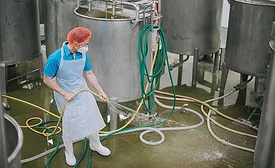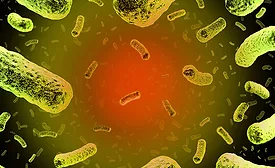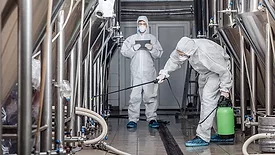Articles by Michael Cramer PCQI
There are multiple benefits to implementation of 5S methodology in the sanitation process and areas, including engagement of the sanitation team
Read More
Simplifying Sanitation Standard Operating Procedures
Cleaning/sanitizing SOPs should not be integrated to the "regulatory" requirements of SSOPs, but instead maintained as a separate set of documents
December 12, 2023
Keeping Listeria on the Run: Implementing an Effective Monitoring Program
A good Listeria monitoring program enables knowledge of where Listeria can enter, harbor, and move through the facility
August 7, 2023
Building a Comprehensive Food Safety Plan
Protecting consumers, preventing brand equity damage, and ensuring regulatory conformance
June 20, 2021
Never miss the latest news and trends driving the food safety industry
eNewsletter | Website | eMagazine
JOIN TODAY!Copyright ©2025. All Rights Reserved BNP Media.
Design, CMS, Hosting & Web Development :: ePublishing





